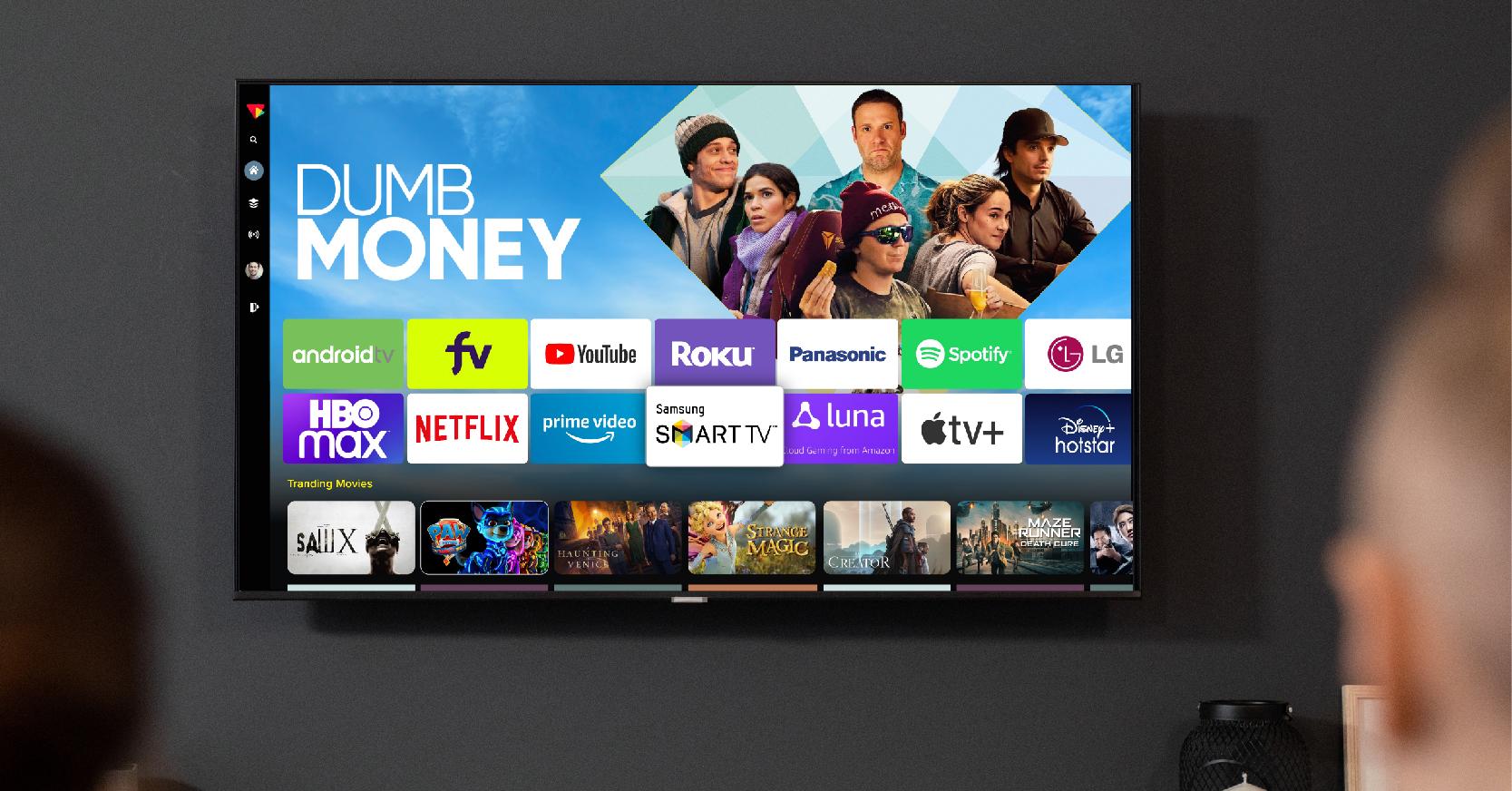The Best Strategy To Use For Apollo Group Tv
The Best Strategy To Use For Apollo Group Tv
Blog Article
The Main Principles Of Apollo Group Tv
Table of ContentsThe 5-Second Trick For Apollo Group TvA Biased View of Apollo Group TvSome Known Facts About Apollo Group Tv.Excitement About Apollo Group Tv
In this situation, as opposed to having three-minute industrial areas throughout a 30-minute tv program, TV programs might transform to one where a consumer will be called for to have a monthly membership, so that they cen view targeted banner advertisements. This sort of advertising and marketing already occurs on the net, and the amount of data television firms accumulate allows them to do similar.Describe the impact of enrollers on program web content. Explain the major fads amongst the broadcasting and cord networks. When television was in its infancy, producers designed the brand-new medium on radio. Popular radio shows such as police drama Dragnet and western cowboy collection Gunsmoke were adapted for tv, and new TV programs were funded by solitary advertisers, equally as radio programs had been.
Today, the tv industry is much more complex. Programs are funded by numerous advertisers; programming is regulated by major media corporations; and the three significant networks no much longer dominate the airwaves yet rather share their audiences with numerous cord channels. Several variables represent these trends within the sector, consisting of technological growths, government regulations, and the production of new networks.

Things about Apollo Group Tv
Developed in 1969, (PBS) developed out of a record by the Carnegie Commission on Educational Television, which checked out the function of instructional, noncommercial television on culture. Public tv was likewise intended to give universal accessibility to tv for audiences in country areas or audiences that could not manage to pay for private tv solutions.
The duration between 1950 and 1970 is traditionally identified as the. Aside from a little part of airtime controlled by public television, the three significant networks (referred to as the Big Three) controlled the tv sector, jointly representing greater than 95 percent of prime-time watching. In 1986, Rupert Murdoch, the head of multinational company News Corp, introduced the Fox network, testing the prominence of the Big 3.
Targeting young and minority target markets with shows such as Buffy the Vampire Slayer, Moesha, Dawson's Creek, and The Wayans Bros., the new networks wished to attract terminals far from their old network affiliations. Nevertheless, as opposed to duplicating the success of Fox, UPN and WB battled to make an impact. Unable to draw in numerous affiliate stations, the 2 recently established networks got to less households than their larger rivals because they were unobtainable in some smaller cities.
This decision led the means for the advancement of wire flick networks, adding to the rapid development of wire in the 1980s and 1990s. apollo group tv. Further deregulation of cable in the 1984 Wire Communications Plan Act eliminated limitations on cable television prices, enabling drivers to bill what they desired for cable television solutions as long as there worked competitors to the service (a standard that over 90 percent of all wire markets might meet)
Unknown Facts About Apollo Group Tv

Having produced the initial "superstation," Turner expanded his realm by starting 24-hour news network CNN in 1980. At the end of the year, 28 nationwide shows services were offered, and the wire revolution had begun. Over the next years, the sector undertook a duration of rapid growth and popularity, and by 1994 audiences might pick from 94 standard and 20 costs wire solutions.
Number 9 - https://www.easel.ly/browserEasel/14518018.16 Boosted competitors from wire networks has actually triggered a stable decrease in the networks' audience rankings. During the 1950s, the expense of generating a solitary tv show increased as programs became longer and manufacturing prices soared. Sponsorship on find network television moved from single sponsorship, in which a program was entirely sustained and generated by one marketer, to multiple sponsorship, in which advertisers purchased 1- or 2-minute areas on the show
Pick one of the Big Four networks and print out its once a week programming routine. View the network's prime-time programs over the training course of a week, noting the target demographic for each program.
Fascination About Apollo Group Tv
.png)
Direct TV, commonly described as traditional program TV, includes wire and satellite tv. It's called "direct" because web content follows a predetermined shows routine, unlike on-demand content which the specific viewer makes a decision to see based upon their own preferences and timetable. So, when you ask, "What is linear TV?", think about it as the timeless method of enjoying TV that has been around for decades.
Report this page